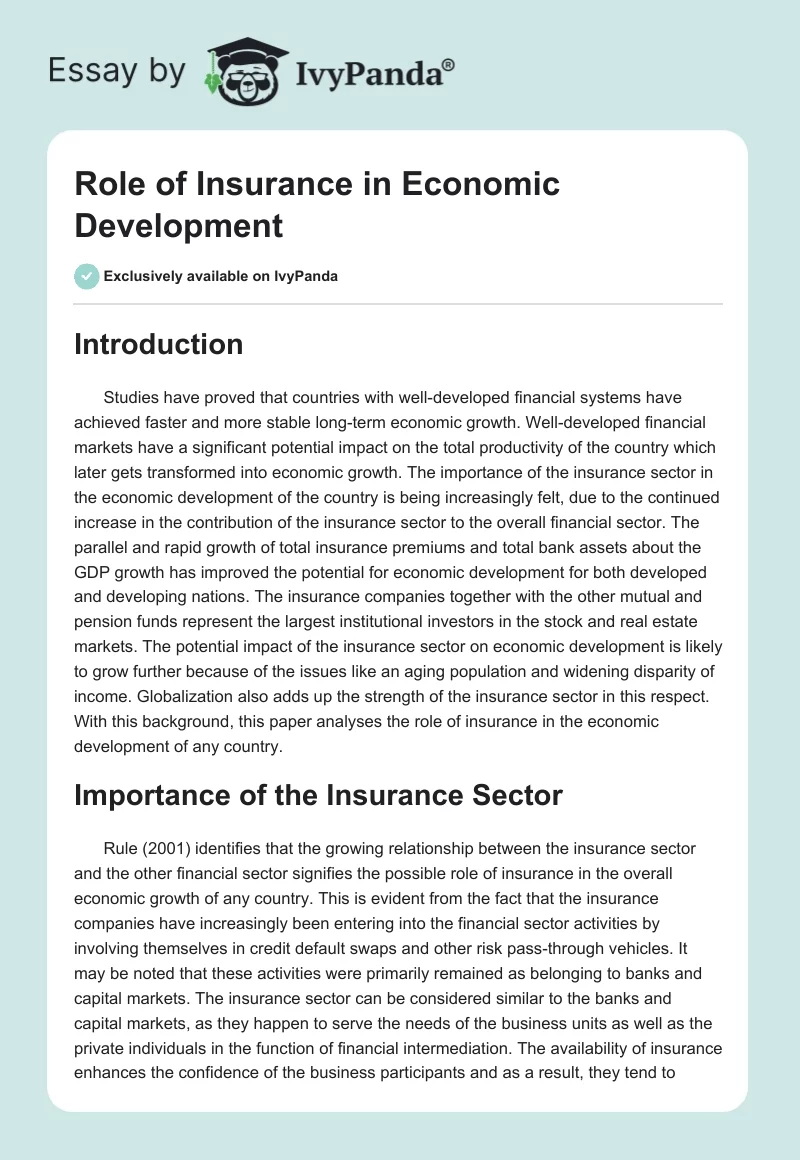The Definitive Guide to Pacific Prime
The Definitive Guide to Pacific Prime
Blog Article
The Of Pacific Prime
Table of ContentsPacific Prime Things To Know Before You Get ThisPacific Prime Things To Know Before You Get ThisPacific Prime Things To Know Before You Get ThisEverything about Pacific PrimeThe Pacific Prime Ideas

This is due to the fact that the information were accumulated for a period of strong financial performance. Of the estimated 42 million people that were uninsured, almost about 420,000 (about 1 percent) were under 65 years old, the age at which most Americans end up being qualified for Medicare; 32 million were grownups between ages 18 and 65, about 19 percent of all grownups in this age; and 10 million were kids under 18 years old, concerning 13.9 percent of all youngsters (Mills, 2000).
These quotes of the number of individuals without insurance are produced from the yearly March Supplement to the Present Population Study (CPS), performed by the Census Bureau. Unless otherwise noted, nationwide estimates of individuals without medical insurance and percentages of the populace with different type of protection are based on the CPS, one of the most commonly made use of source of quotes of insurance policy protection and uninsurance prices.
The Only Guide for Pacific Prime

Still, the CPS is especially useful because it creates annual estimates relatively promptly, reporting the previous year's insurance policy coverage approximates each September, and since it is the basis for a consistent set of estimates for even more than two decades, enabling evaluation of patterns in insurance coverage with time. For these reasons, as well as the considerable usage of the CPS in other research studies of insurance coverage that are provided in this report, we depend on CPS estimates, with restrictions kept in mind.

The quote of the variety of uninsured people increases when a populace's insurance coverage condition is tracked for a number of years. Over a three-year period starting early in 1993, 72 million people, 29 percent of the U.S. https://href.li/?https://www.pacificprime.com/. populace, lacked insurance coverage for at the very least one month. Within a solitary year (1994 ), 53 million people experienced at least a month without protection (Bennefield, 1998a)
Six out of every 10 uninsured adults are themselves utilized. Although working does enhance the likelihood that one and one's family participants will have insurance policy, it is not a warranty. Even members of family members with two permanent wage earners have almost a one-in-ten opportunity of being uninsured (9.1 percent without insurance rate) (Hoffman and Pohl, 2000).
9 Simple Techniques For Pacific Prime
New immigrants make up a substantial proportion of people without medical insurance. One analysis has attributed a considerable portion of the recent growth in the dimension of the united state without insurance population to immigrants that arrived in the country between 1994 and 1998 (Camarota and Edwards, 2000). Current immigrants (those that involved the USA within the previous four years) do have a high rate of being uninsured (46 percent), but they and their kids make up simply 6 percent of those without insurance coverage continue reading this nationally (Holahan et al., 2001).
The relationship in between health insurance and access to care is well developed, as documented later in this chapter. Although the connection between health insurance coverage and wellness results is neither direct nor simple, a considerable scientific and wellness solutions study literary works web links wellness insurance coverage to improved accessibility to care, better quality, and boosted personal and population health condition.
Levels of analysis for analyzing the results of uninsurance. This conversation of health and wellness insurance policy protection concentrates primarily on the united state populace under age 65 since practically all Americans 65 and older have Medicare or various other public insurance coverage. It concentrates specifically on those without any type of wellness insurance policy for any type of length of time.
Some Known Facts About Pacific Prime.
The troubles faced by the underinsured are in some areas comparable to those encountered by the without insurance, although they are typically much less serious. Wellness insurance policy, nonetheless, is neither required nor enough to acquire access to clinical solutions. The independent and direct effect of health insurance policy protection on access to health and wellness services is well developed.
Others will obtain the health and wellness care they need even without health and wellness insurance coverage, by paying for it out of pocket or seeking it from providers who supply treatment free or at extremely subsidized rates. For still others, medical insurance alone does not make sure invoice of care due to various other nonfinancial barriers, such as an absence of health treatment providers in their community, minimal accessibility to transport, illiteracy, or etymological and cultural distinctions.
The 45-Second Trick For Pacific Prime
Formal research concerning without insurance populations in the United States dates to the late 1920s and early 1930s when the Board on the Cost of Medical Treatment generated a collection of reports about financing physician office brows through and hospitalizations. This issue came to be salient as the numbers of medically indigent climbed throughout the Great Clinical depression.
Report this page